Home>Gardening & Outdoor>Outdoor Recreation & Activities>How Big Is A Cornhole Hole?
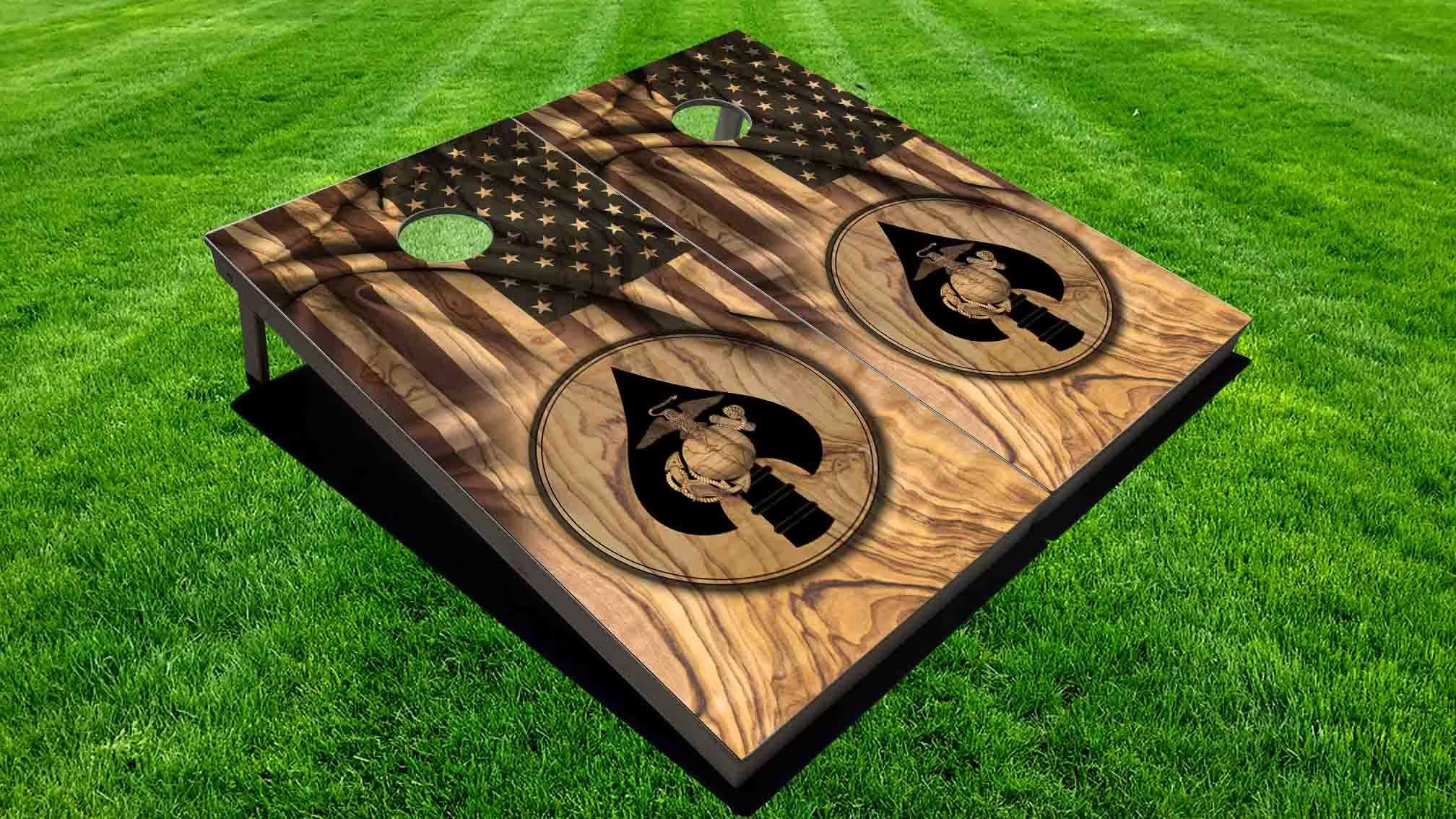

Outdoor Recreation & Activities
How Big Is A Cornhole Hole?
Published: January 31, 2024
Discover the standard size of a cornhole hole and enhance your outdoor recreation and activities with the right equipment. Learn more about cornhole hole dimensions here.
(Many of the links in this article redirect to a specific reviewed product. Your purchase of these products through affiliate links helps to generate commission for Storables.com, at no extra cost. Learn more)
Introduction
Cornhole, a beloved American pastime, has gained widespread popularity at social gatherings, tailgate parties, and recreational events. This classic lawn game, also known as bean bag toss, offers a delightful blend of competition and camaraderie. Central to the game is the target, a raised platform with a hole at its far end, where players aim to toss their bean bags with precision and finesse.
The size of the hole in a cornhole board holds a crucial role in the game's dynamics, influencing the level of challenge and skill required. Understanding the dimensions of the cornhole hole is essential for both casual players and enthusiasts seeking to elevate their game. In this article, we will delve into the regulation size of the cornhole hole, its impact on gameplay, and explore custom and non-regulation hole sizes. Whether you're a seasoned cornhole aficionado or a newcomer to the game, this comprehensive guide will enrich your understanding of the game's fundamental element: the cornhole hole.
Key Takeaways:
- The regulation cornhole hole size is 6 inches in diameter, challenging players to aim with precision and fostering fair competition in official tournaments.
- Custom and non-regulation hole sizes offer diverse playing experiences, catering to individual preferences and adding novelty to the beloved game of cornhole.
Read more: How Big Of A Hole Can You Spackle
The Regulation Cornhole Hole Size
According to the official guidelines set by the American Cornhole Organization (ACO) and the American Cornhole League (ACL), the regulation cornhole hole size is 6 inches in diameter. This standardized dimension ensures uniformity and fairness in competitive play, allowing players to hone their skills with consistent equipment specifications. The hole is positioned 9 inches from the top and centered 12 inches from each side of the board, maintaining a precise and balanced layout.
Regulation cornhole boards are typically constructed from sturdy plywood, providing a stable playing surface for the game. The hole is meticulously cut into the board with exacting measurements to meet the specified diameter, ensuring an optimal playing experience for participants at all skill levels.
Furthermore, the 6-inch diameter hole presents a challenging yet achievable target for players aiming to score points by landing their bean bags through the aperture. This standardized size fosters a competitive environment while allowing for strategic gameplay and exciting scoring opportunities.
Adhering to the regulation cornhole hole size is paramount in official tournaments and events, upholding the integrity of the game and ensuring fair play across various venues and competitions. Whether players are vying for championship titles or engaging in friendly matches, the consistent application of the regulation hole size underscores the essence of skill, precision, and sportsmanship in the beloved game of cornhole.
The Impact of Hole Size on Cornhole Gameplay
The size of the cornhole hole significantly influences the dynamics of the game, shaping the level of challenge and the strategic approaches employed by players. A regulation 6-inch diameter hole demands a balance of accuracy, control, and finesse from participants, contributing to the game’s appeal and competitive edge.
With a 6-inch target, players must skillfully toss their bean bags with precision, aiming to land them through the hole while strategically blocking their opponents’ attempts. The smaller aperture requires players to refine their throwing techniques, fostering a sense of achievement when successfully scoring points. This heightened level of difficulty adds an exhilarating dimension to the game, captivating players and spectators alike.
Moreover, the regulation hole size encourages strategic gameplay, prompting participants to assess the optimal trajectory and velocity for their throws. As players adapt to the standardized dimensions, they develop a deeper understanding of the game’s nuances, honing their ability to capitalize on scoring opportunities while impeding their opponents’ progress.
Additionally, the 6-inch hole size fosters an engaging and competitive atmosphere, as players strive to master the art of consistently landing their bean bags through the target. This pursuit of precision and skill amplifies the excitement of the game, creating memorable moments and fostering a sense of camaraderie among participants.
Furthermore, the impact of hole size extends to the development of players’ proficiency and sportsmanship. The standardized dimensions of the cornhole hole promote fair and equitable competition, allowing individuals to showcase their abilities while embracing the challenges posed by the regulation size. This aspect of the game encourages continuous improvement and mutual respect among players, enriching the overall experience of cornhole as a recreational and competitive pursuit.
In essence, the size of the cornhole hole serves as a pivotal factor in shaping the game’s dynamics, elevating the level of skill, strategy, and enjoyment for participants. The regulation 6-inch diameter hole embodies the essence of cornhole, fostering a compelling blend of competition, skill development, and shared enjoyment among players of all levels.
The standard size for a cornhole hole is 6 inches in diameter. When making your own cornhole set, be sure to measure and cut the hole accurately for proper gameplay.
Custom and Non-regulation Hole Sizes
While the regulation cornhole hole size of 6 inches is the standard for official play and competitive events, custom and non-regulation hole sizes offer a diverse range of playing experiences for enthusiasts and casual players alike. These alternative dimensions provide opportunities for personalized gameplay and creative expression, catering to individual preferences and recreational settings.
Custom hole sizes, often found in homemade or artisanal cornhole boards, offer a unique twist to the traditional game. Enthusiasts and craftsmen may opt for larger or smaller hole diameters, introducing variations that cater to specific playing styles and preferences. Larger holes, exceeding the regulation 6-inch diameter, can present a more accessible target for casual play, accommodating players of varying skill levels and enhancing the social aspect of the game.
Conversely, smaller custom hole sizes introduce a heightened level of challenge, requiring advanced accuracy and control from participants. These non-standard dimensions add an element of intrigue and difficulty to the game, appealing to players seeking a more demanding and skill-intensive cornhole experience.
Furthermore, non-regulation hole sizes are prevalent in informal and recreational settings, where players embrace the flexibility to customize their equipment according to their preferences. Community gatherings, backyard barbecues, and social events often feature cornhole boards with unique hole sizes, reflecting the diverse interpretations and adaptations of the game within different social circles and local traditions.
It is important to note that while custom and non-regulation hole sizes offer versatility and personalization, players should be mindful of the impact these variations may have on their skill development and competitive readiness. Engaging with diverse hole sizes can broaden players’ adaptability and strategic acumen, enriching their overall proficiency in the game.
In essence, custom and non-regulation hole sizes contribute to the rich tapestry of cornhole culture, accommodating a spectrum of preferences and play styles within the vibrant community of enthusiasts and casual players. These alternative dimensions exemplify the game’s adaptability and inclusivity, fostering creativity and enjoyment while celebrating the timeless appeal of cornhole as a cherished recreational pursuit.
Conclusion
The cornhole hole, with its standard regulation size and the array of custom and non-regulation dimensions, embodies the essence of adaptability and inclusivity within the beloved game. From official tournaments to casual gatherings, the size of the hole influences the dynamics of gameplay, fostering skill development, camaraderie, and personalized experiences for players of all levels. The regulation 6-inch diameter hole, meticulously positioned on sturdy plywood boards, sets the stage for competitive play, challenging participants to showcase their accuracy and strategic prowess while upholding the integrity of the game.
Custom and non-regulation hole sizes offer a canvas for creativity and individual expression, enriching the cornhole experience with diverse playing styles and preferences. Whether players opt for larger, smaller, or unconventional hole dimensions, these variations infuse the game with a sense of novelty, intrigue, and adaptability, reflecting the dynamic nature of cornhole as a timeless and cherished pastime.
As players across diverse settings and skill levels engage with the cornhole hole, they embrace the inherent balance of challenge and enjoyment, cultivating a shared appreciation for the game’s enduring appeal. The size of the hole serves as a unifying element, inviting players to immerse themselves in the art of precision, strategy, and friendly competition, while fostering lasting memories and connections within the vibrant community of cornhole enthusiasts.
Ultimately, the cornhole hole, in its various dimensions and interpretations, stands as a testament to the game’s enduring legacy, adaptability, and the joy it brings to players of all ages. Whether aiming for the regulation 6-inch target in a competitive showdown or relishing the nuances of custom hole sizes in a leisurely match, the cornhole hole remains a cherished emblem of togetherness, skill, and the timeless pursuit of fun.
Frequently Asked Questions about How Big Is A Cornhole Hole?
Was this page helpful?
At Storables.com, we guarantee accurate and reliable information. Our content, validated by Expert Board Contributors, is crafted following stringent Editorial Policies. We're committed to providing you with well-researched, expert-backed insights for all your informational needs.
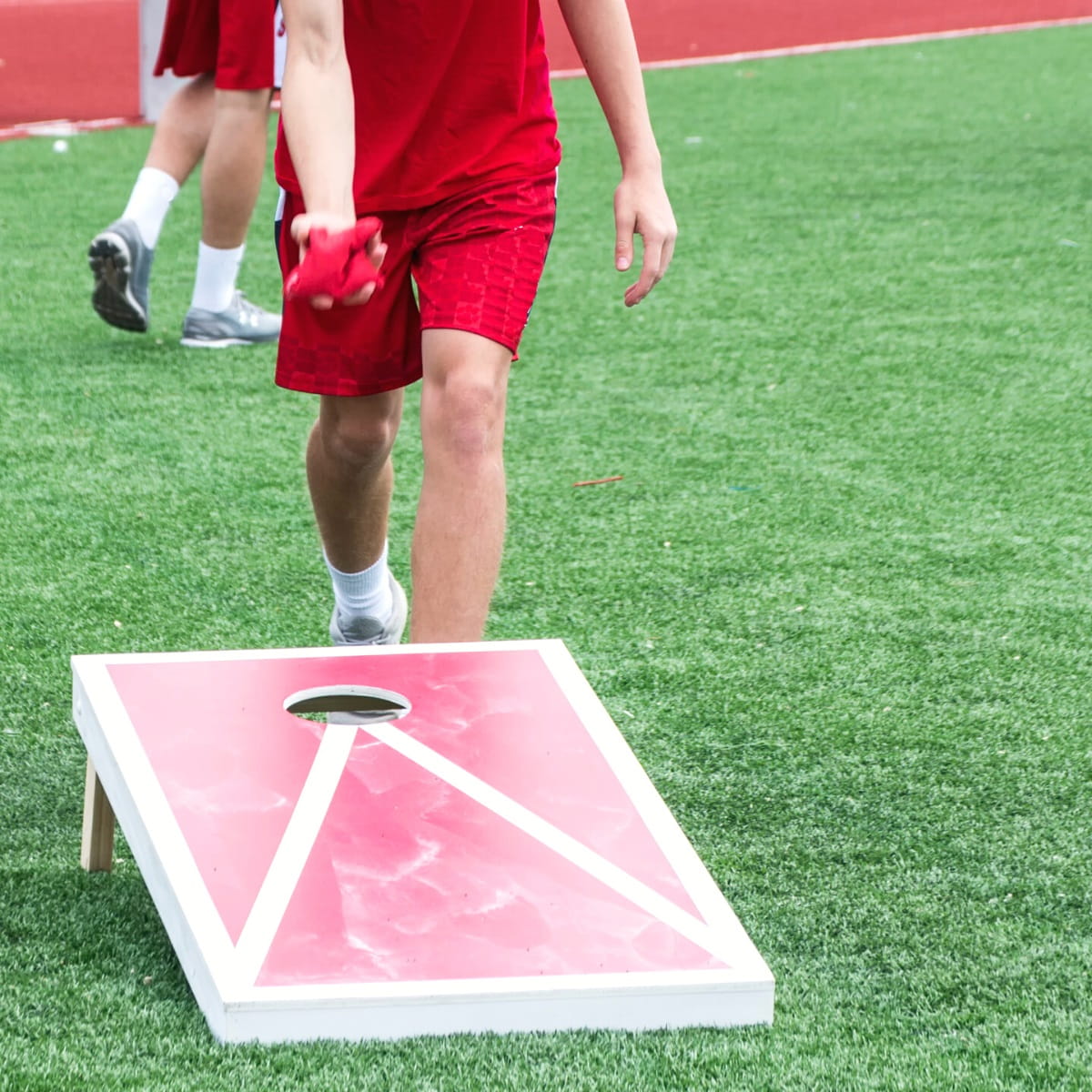
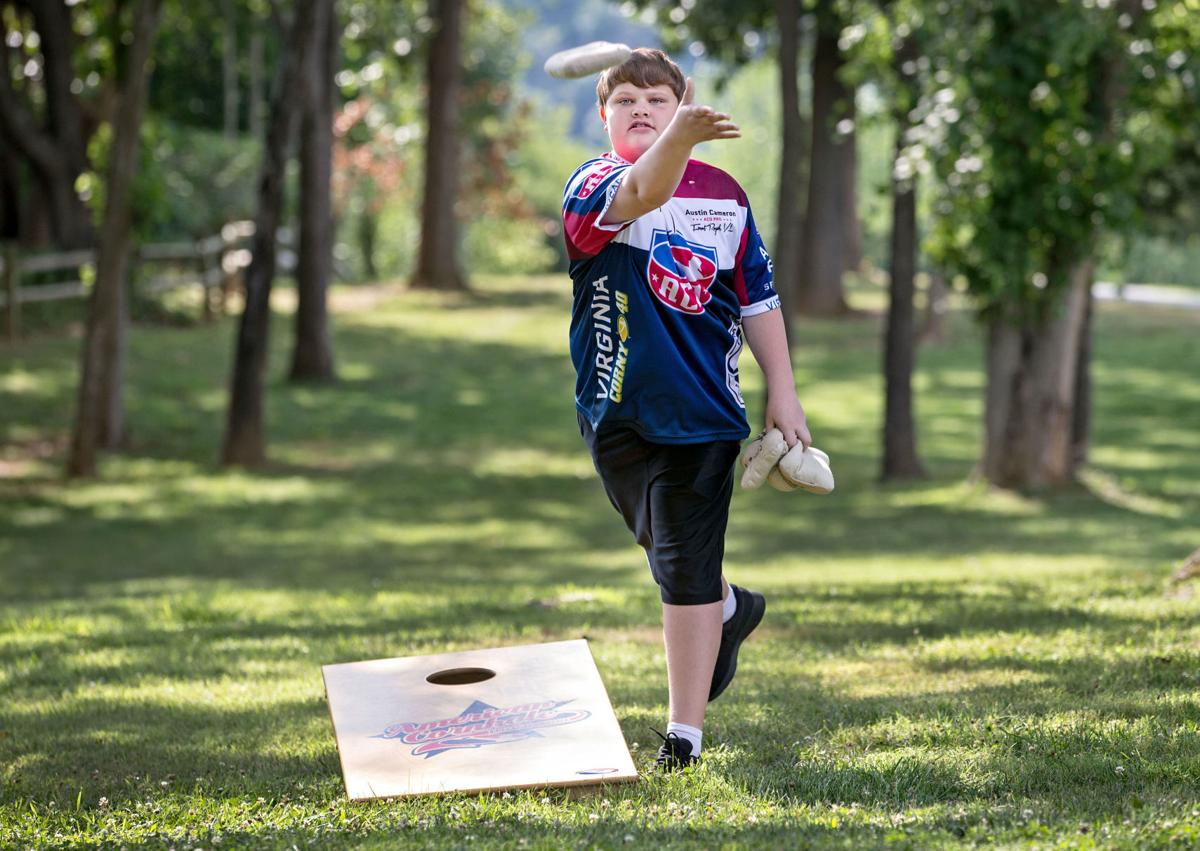
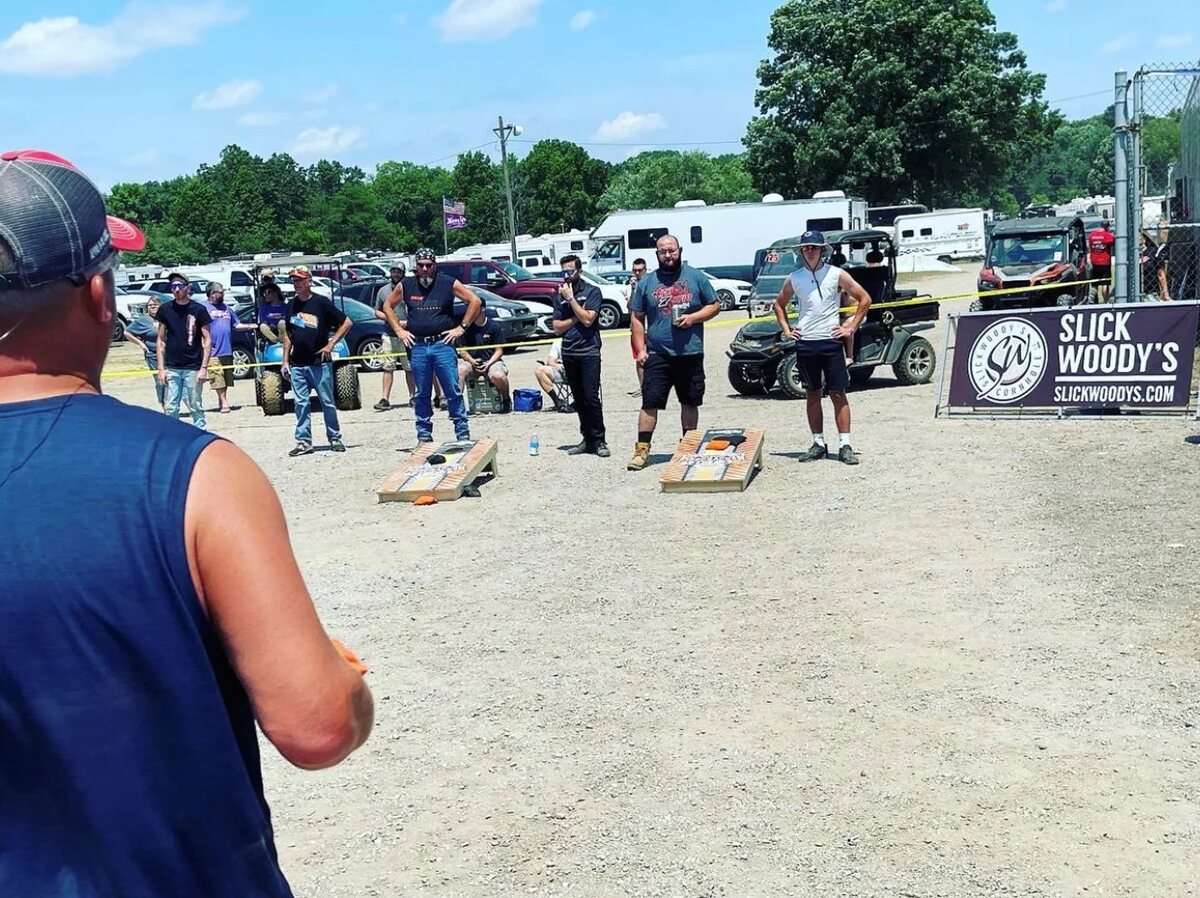
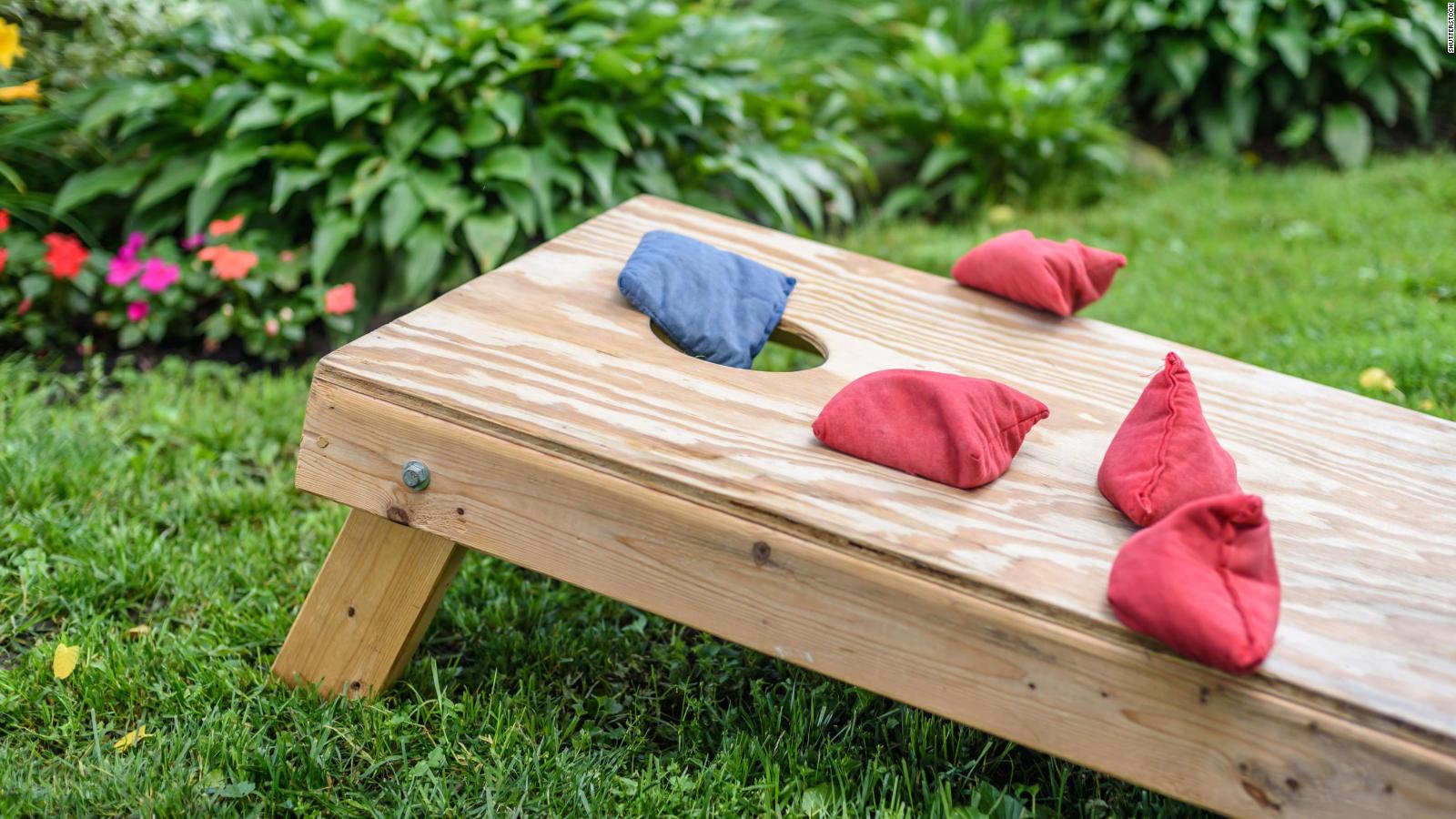
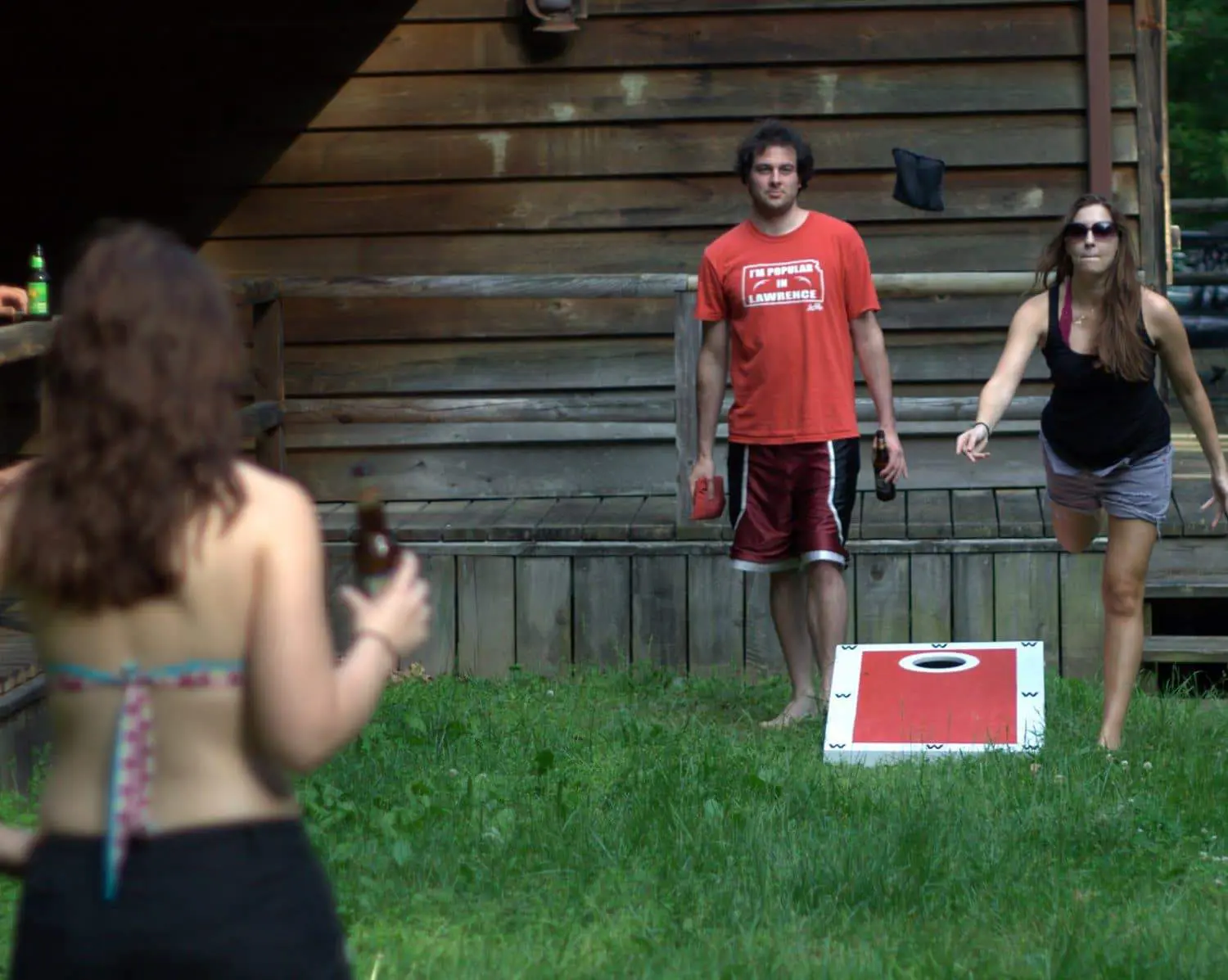
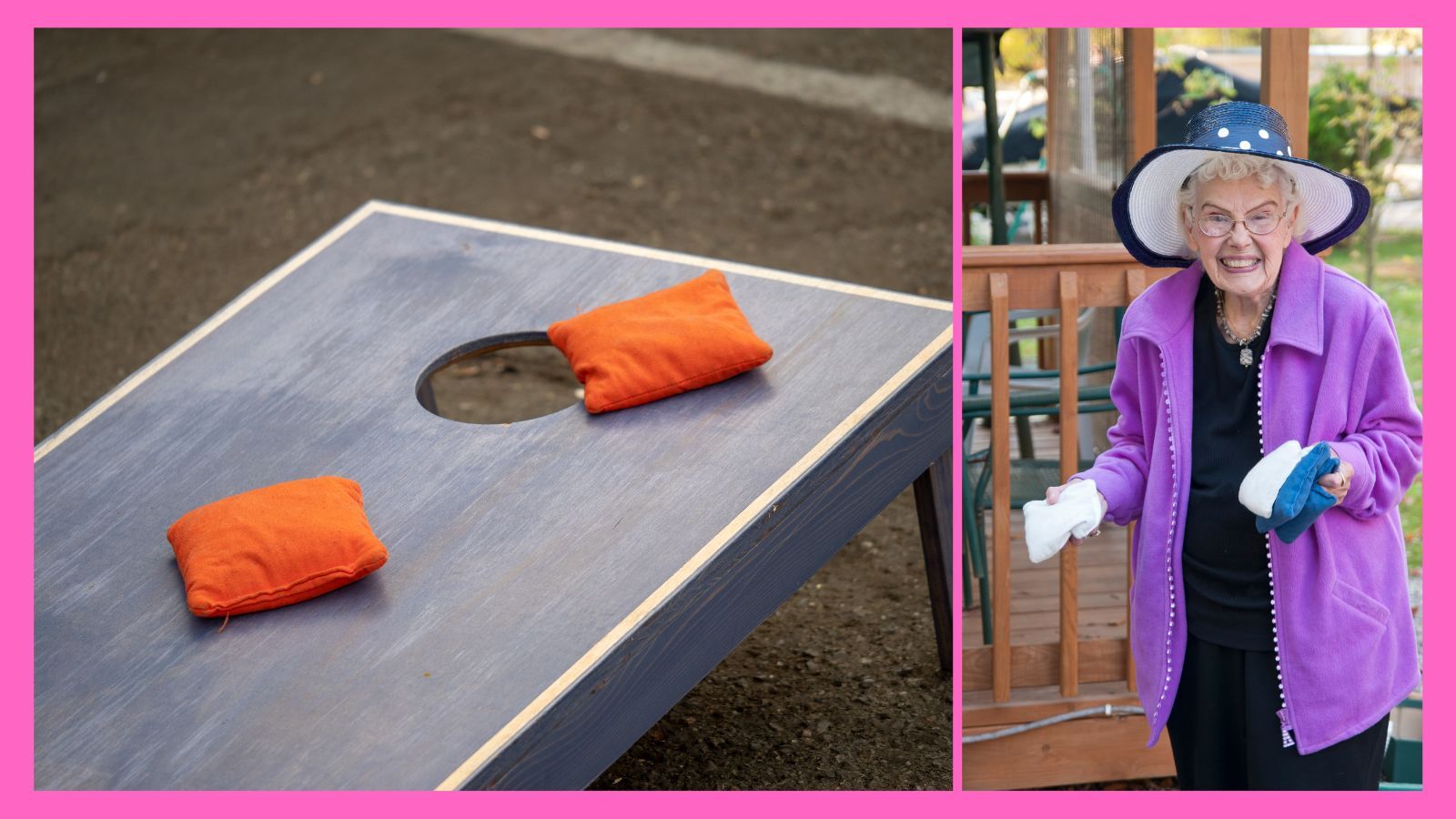
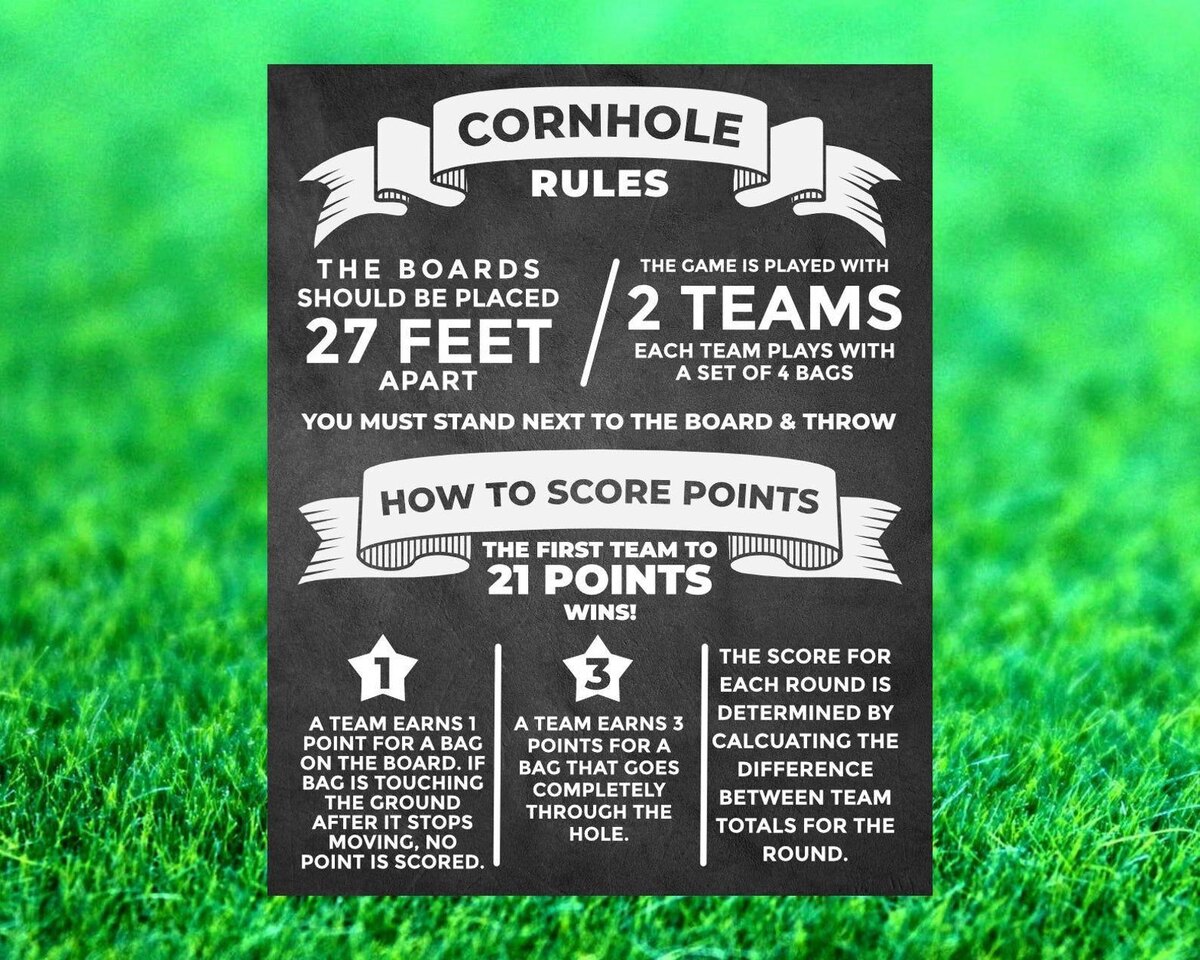
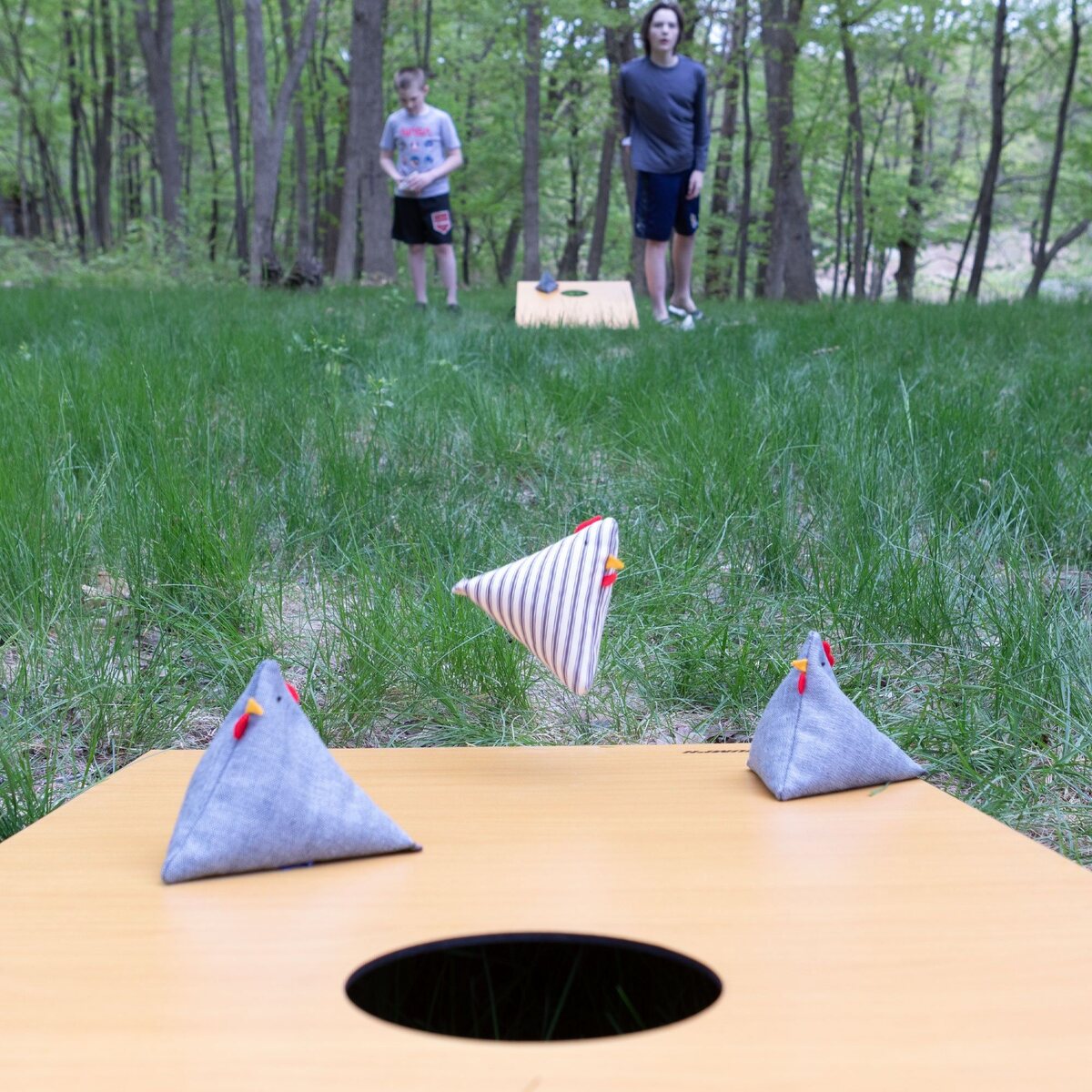
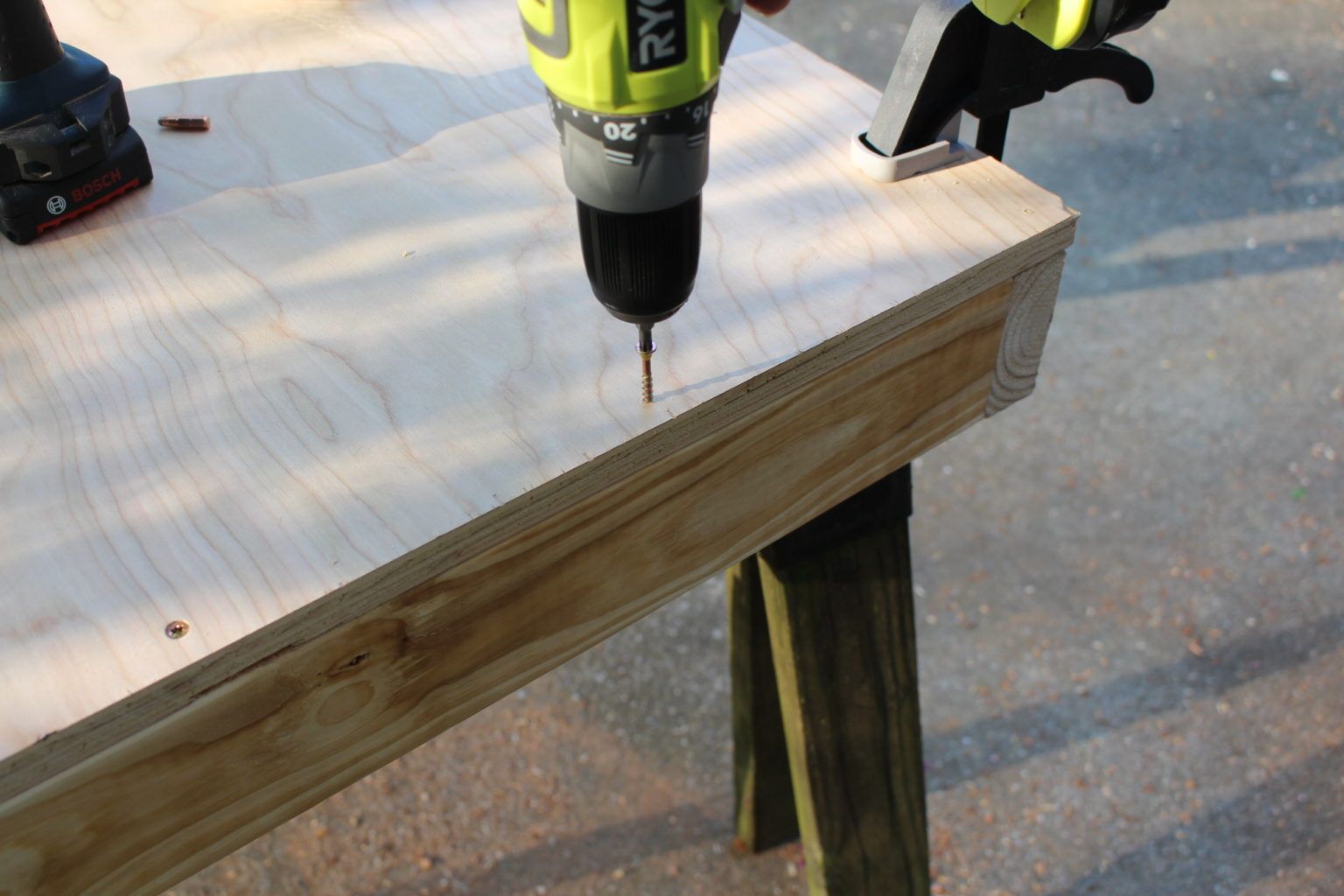
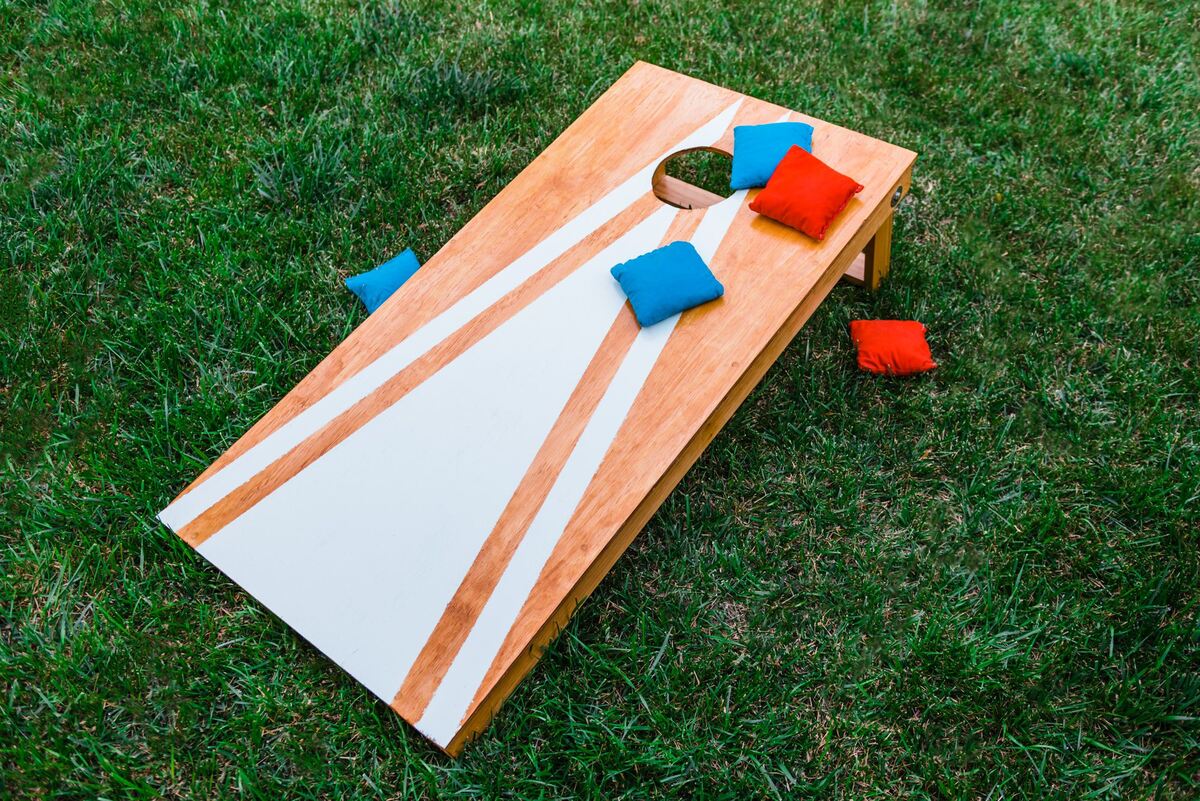

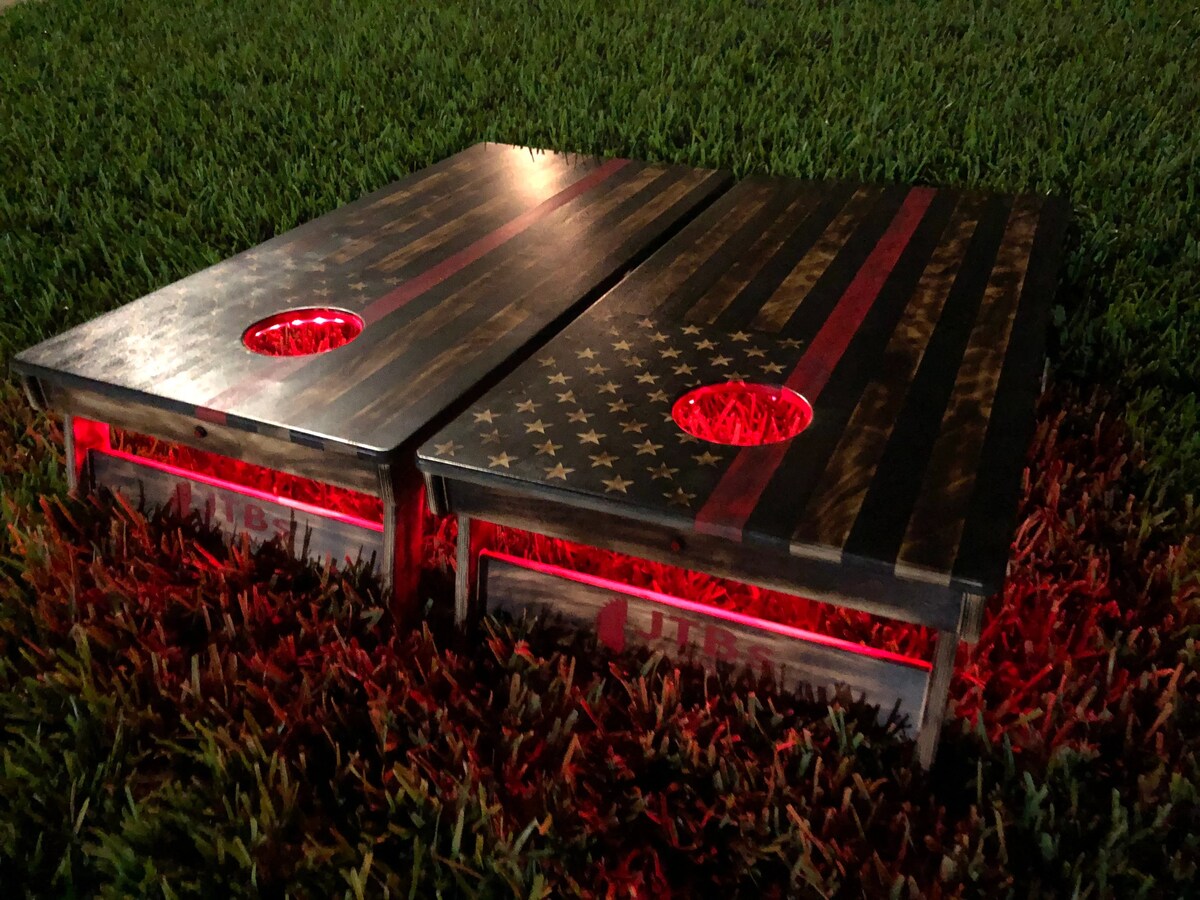
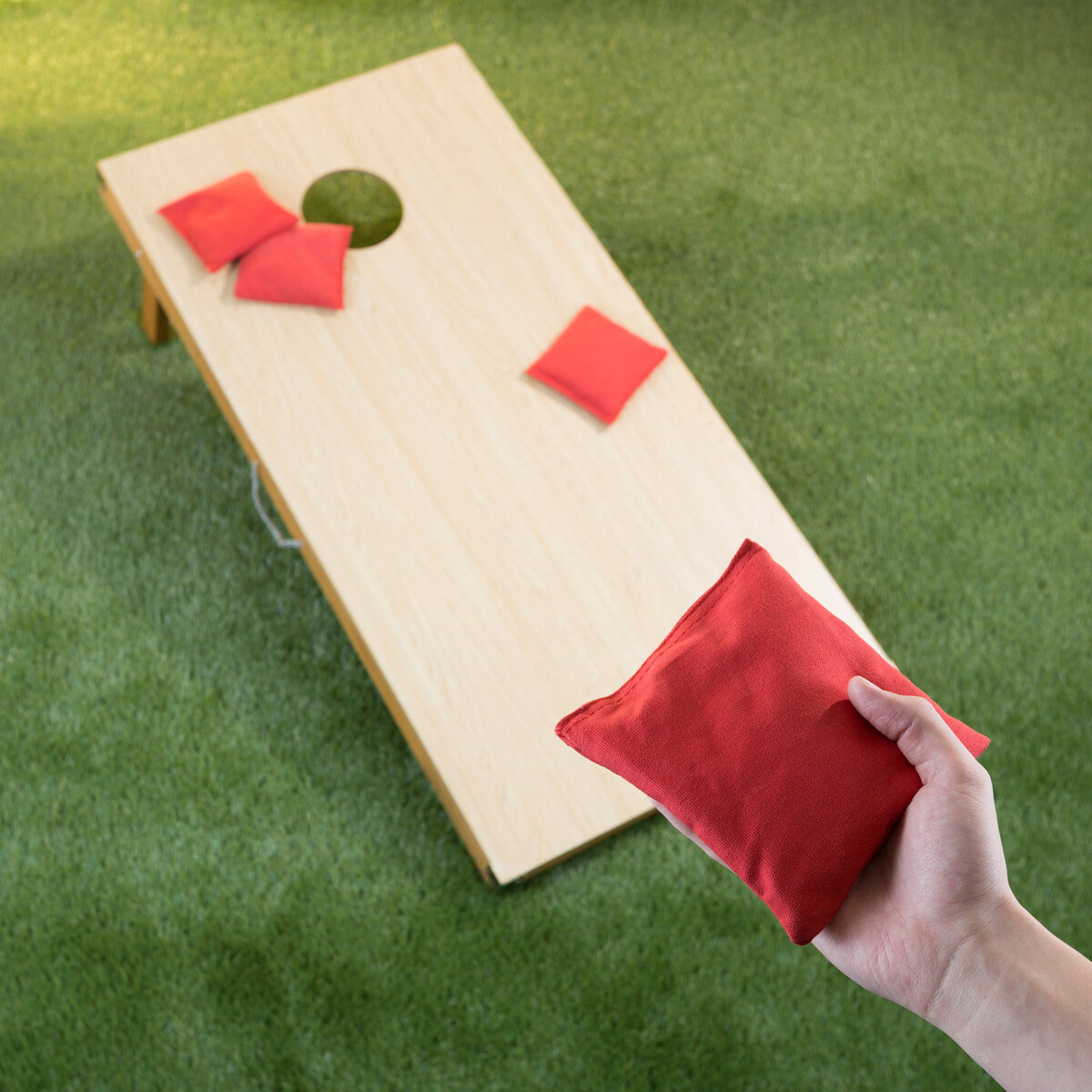
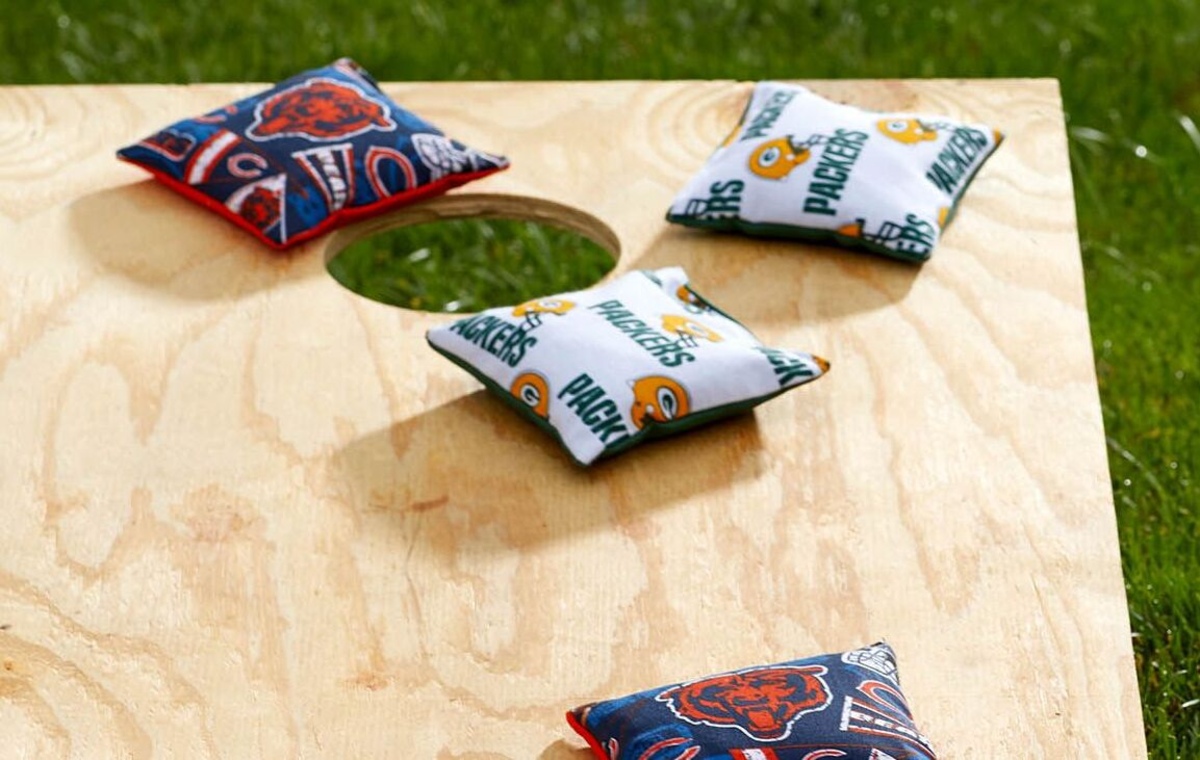
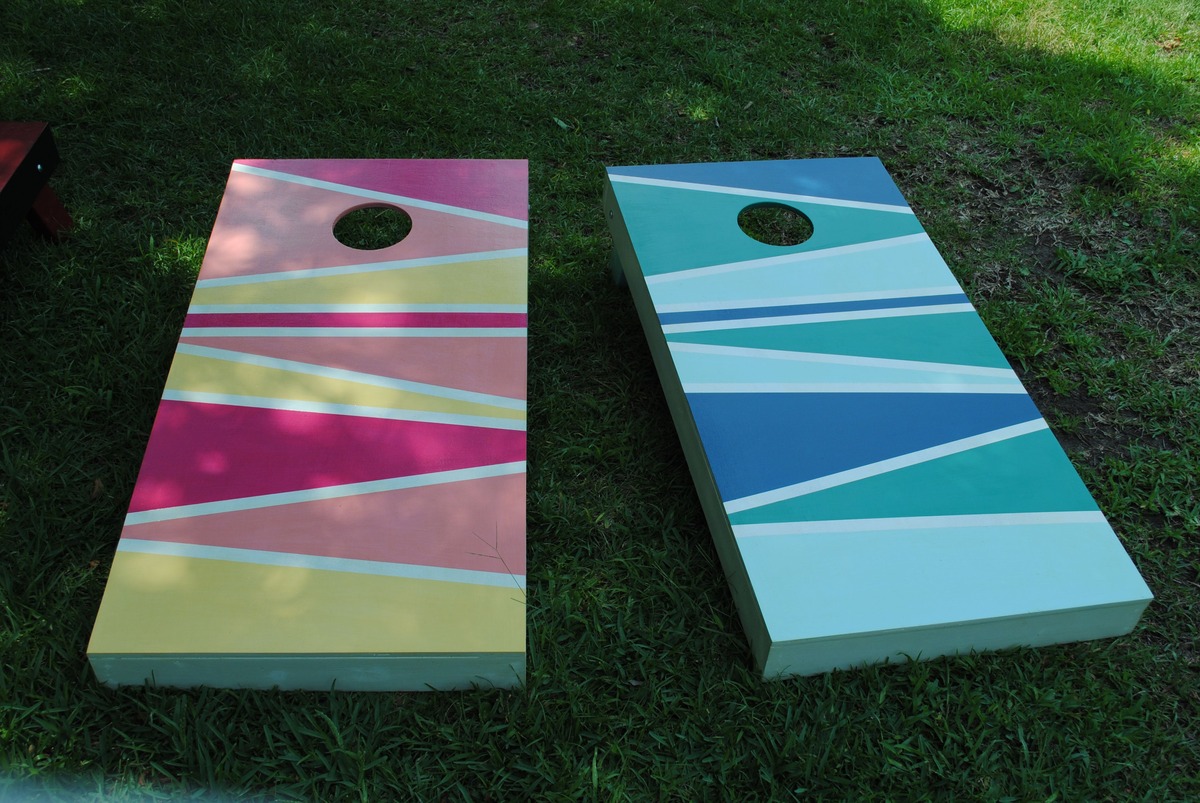

0 thoughts on “How Big Is A Cornhole Hole?”